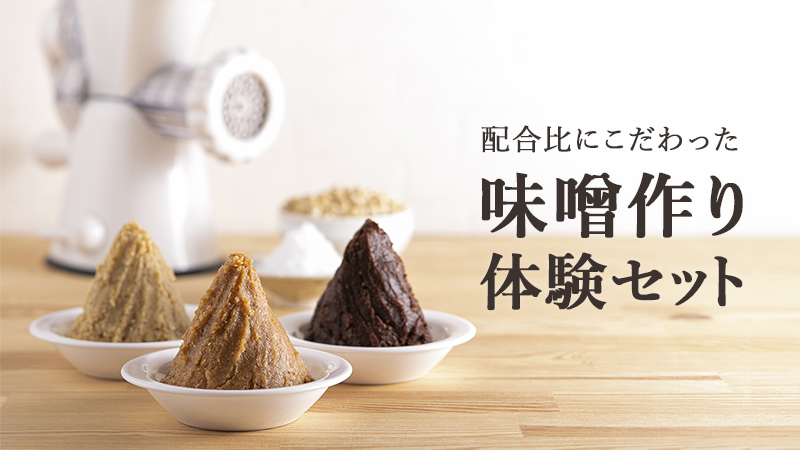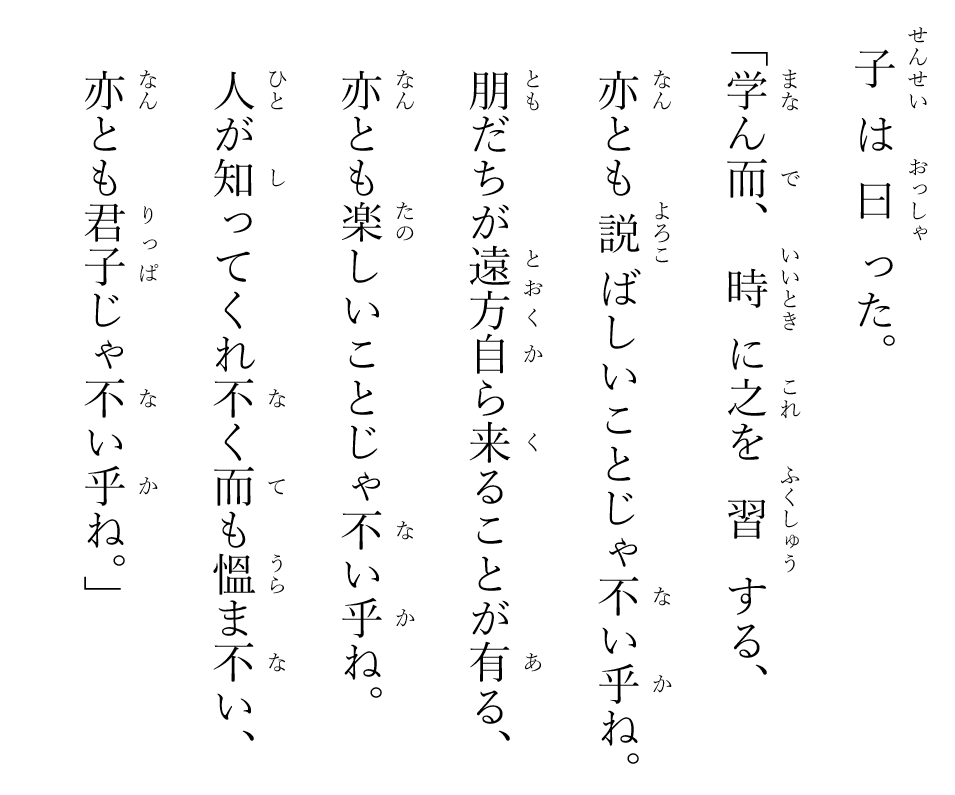無味無ソ
Part 1. Zeng 曾 as a kitchenware
A zeng (
The bottom of a zeng is delibrately machined with holes or patterned openings, so that hot water vapor escaping from the cauldron can be harvested for steaming the food placed inside the zeng.
$$\frac{\frac{甑}{箅}}{\frac{鬲}{火}} = \frac{\frac{\textrm{Zèng, steamer containing the food}}{\textrm{Bì, perforated window to allow passage of water vapor}}}{\frac{\textrm{Gé, cauldron for boiling water}}{\textrm{Heat source}}}$$The Japanese phonem ‘so' is written as そ. The hiragana3 is technically a cursive form of zeng

- We invoke the following explanation by the Eastern Han lexicographer, Xu Shen 許慎 (b. 58? d. 148?):
甑,甗 也.
His explanation is that zeng is alternative name of yan.

An example of a bronze zeng 铜甗. The vessel was unearthed in Liújiāyá 刘家崖, County of Sui 随县, Hubei 湖北. The interface between 甑 and 鬲 is a set of 32 rectangular holes, radiating from the centre of the bi 箅 window.
Xu's explanation is apparently fashioned after Yang Xiong 杨雄 (b. 53 BC, d. 18 BC), who wrote in his Fang Yan 方言: 甑,自關而東謂之甗,或謂之甑.
Yang Shuda 楊樹達 (b. 1885, d. 1956) augmented Xu's explanation of 曾, so he added the critical description of water vapor steaming through the perforated window: 曾从曰,从𡆧,从八,盖口气上出穿𡆧而散越也 and 口气上出穿𡆧而散越,故訓為語之舒.
The common feature in both 甑 and 甗 is the word wa 瓦 (which indicates that they are both earthenware). On the left side of the glyphs, we see that 甑 is built with 曾, but 甗 is built with 鬲 and 虍. Both 曾 and 虍/鬲 are attempts to picturize the steamer and the water boiler.
In another related entry, Xu associated 朁 with 曾 when he wrote: 朁,曾也。从曰兓聲。 - 鬲 should rightfully be pronounced gé and not lì. Both pronunciations are given in most dictionaries. Usually it is stressed that lì should be used when 鬲 is used to refer to the cooking vessel. The sound gé is unambiguously correct from both etymological and the cookware functional viewpoints.
- In the katakana ソ (so), only the upper part of zeng, the part representing water (☵) in gas phase, is retained.
Shown above is the word 曾 in cursive script, sampled from the work of Jin 晉 dynasty calligrapher, Wang Xizhi 王羲之 (b. 303? d. 361?). Here the upper dots 丷 (i.e. water vapor molecules) are smoothly connected to the window
The fact that 曾 and 甑 are related is not immediately recognized by the famous Chinese lexicographer Xu Shen 許慎 (b. 58? d. 148?), since he gave the following explanation for the word 曾:
曾,詞之舒也。从八,从曰,𡆧聲。
Xu's omission was later highlighted by Yu Xingwu 于省吾 (b. 1896, d. 1984), when textual data trapped on ox scapula and tortoise shells were deciphered.
𬎿即曾之初文 . . . 古文曾字無从𡆧从曰者,許說失之。
Actually Yu's criticism on Xu was problematic, because Xu Shen apparently was able to correctly break 曾 into 丷 + 𡆧 + 曰, although he was not able to semantically associate them with water vapor (丷), perforations (𡆧), and boiling water in a pot (曰).
Part 2. The connection between 曾 and 噌
The explanation given by Ogawa et al. (1968) was that 噌 is a glyph formed pictophenonetically4, and 曾 functions merely as the sound pillar. Since the semantic component of the word is 口 (mouth), the word is related to the production of sound. And an example (

A second usage was also given in the Japanese dictionary, and the word was miso 味噌, a type of Japanese seasoning. Apparently miso is not acoustically inspired. It is clear that 味 (mi) is taste-related. But Ogawa and the editors who did the revision in 2017 gave no explanation as to why and how the mouth-radical 口 and zeng 曾 are selected and combined to form the word 噌 (so).

In Mandarin, taste, flavor, and aromatic values are usually captured by the term wèidào 味道. We have reasons to suppose that wèidào was invented rather recently for the term fossilized in the Hokkien dialect is biso. It is clear that bi 味 in Hokkien can be mapped to wèi 味 in Mandarin, but the identity of ‘so' is less clear. Wang (2012) tried to associate ‘so' with the word 素, but I do not think this association is correct.7
关尹子曰:“目自观,目无色;耳自听,耳无声;舌自尝,舌无味;心自揆,心无物。众人逐于外,贤人执于内,圣人皆伪之。”
Since zeng 曾 was originally created to refer to food steamer, it is reasonable to suppose that 噌 was once used to encode the act of reading the aromatic value of foods with our chemical receptors. Thus 味 is gustatorial and 噌 is olfactorial, and together, biso 味噌 describes the wèidào of our food, decoded by the chemoreceptors located on our tougue and nasal cavity. And thus 無味無噌 (bôbibôso) is the correct Hokkien term to use when people serve you food with low umami and aromatic values.
- The word used by Joseph Needham was determinative-phonetic characters 形聲字.
- In Chinese literature, the word 噌吰 is often associated with the sound produced by high pitch percussions (bells 鐘 and drums 鼓). For example, 而大聲發於水上,噌吰如鐘鼓不絕 (Su Shi 蘇軾 b. 1037, d. 1101).
- The word mishō was first mentioned in Wamyō Ruijushō 和名類聚抄, a book compiled during the Heian period. Two extant books were mentioned in Wamyō Ruijushō, they are the Yōshi Kangoshō 楊氏漢語抄 and the Benshoku Rissei 弁色立成, which are said to have been compiled in the 8th century (Nara period), are known only through fragments. Note that, however, the now standard way to render miso as 味噌 had not yet taken shape in the Wamyō Ruijushō. The word was instead rendered as 未醬 (mishō).
未醤:《楊氏漢語抄》云:高麗醤。美蘇,今案《辨色立成》説同,但本義未詳。俗用味醤二字。味宜作末,何則?通俗文有末楡莢。醤末者,搗末之義也,而末訛為未,末轉為味。又有志賀未醤、飛騨未醤。志賀者,近江國郡名,各以其取出國郡名為名也。
宋孙穆《鸡林类事》曰:「酱曰密祖。」薛俊《日本寄语》曰:「酱曰弥沙。」盖密祖、美苏、味噌、味酱、弥沙,国音相近,皆一音之转讹耳。
- The text of Wamyō Ruijushō clearly acknowledges that miso is a result of culinary diffusion from Korea 高麗 to Japan. The Japanese author was apparently able to assign the correct Chinese characters to match the sound of miso (美蘇 = 미장 = 味醬).

Fast forward to 1908, we saw that the term misē味精 (literally, the essence of flavor) was coined by Ikeda Kikunae 池田菊苗 (b. 1864, d. 1936), but the term was soon changed to ajinomoto味の素 (literally, the source of flavor). Ikeda's word choices (onyomi rendering of 味精 and kunyomi rendering 味素) were likely his deliberate attempt to diverge from miso 味噌, the traditional seasoning of choice in Japan. Since these two wasēkango 和製漢語 わせいかんご made their appearances in the Chinese landscape only relatively recently, the mapping of 素 to the Hokkien sound ‘so' is unlikely to be semantically, although the assignment was phonetically accurate.
噌1503 噌1504 なりたち 形声。口と、音符





Comments